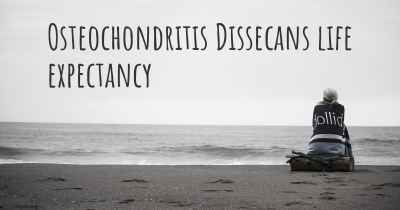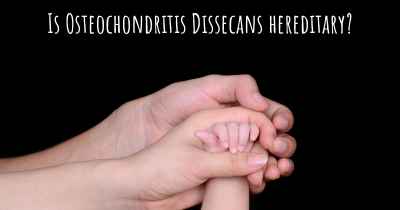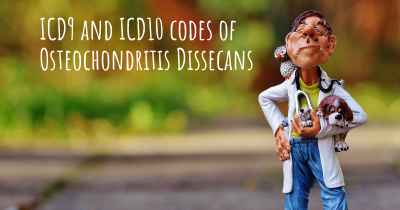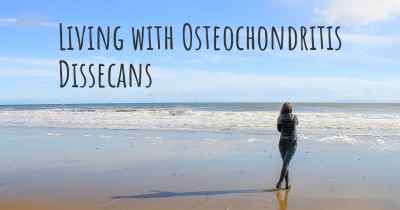What are the latest advances in Osteochondritis Dissecans?
Here you can see the latest advances and discoveries made regarding Osteochondritis Dissecans.
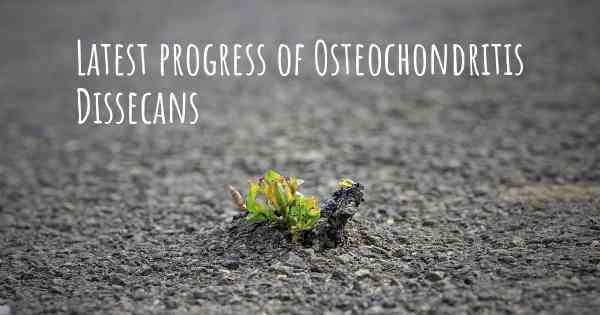
Osteochondritis Dissecans (OCD) is a condition that affects the joints, particularly the knee, ankle, and elbow. It occurs when a small piece of bone and cartilage separates from the joint surface, leading to pain, swelling, and limited joint movement. While the exact cause of OCD is still unknown, it is believed to be a combination of genetic and environmental factors.
Over the years, there have been significant advances in the understanding and treatment of OCD. These advancements aim to improve diagnosis, enhance conservative management strategies, and refine surgical techniques. Here are some of the latest developments in the field:
1. Improved Imaging Techniques:
Accurate diagnosis is crucial for effective treatment. Advanced imaging techniques such as magnetic resonance imaging (MRI) have greatly improved the ability to detect and assess the severity of OCD lesions. MRI provides detailed images of the affected joint, allowing physicians to make informed decisions regarding treatment options.
2. Non-Surgical Treatment Options:
Conservative management strategies have evolved to include a range of non-surgical treatments. These options are often recommended for patients with less severe OCD lesions or for those who wish to avoid surgery. Non-surgical treatments may include:
- Activity Modification: Limiting high-impact activities and adopting joint-friendly exercises can help reduce stress on the affected joint.
- Physical Therapy: Targeted exercises and manual therapy techniques can improve joint stability, range of motion, and muscle strength.
- Bracing: Customized braces or orthotic devices can provide support and stability to the affected joint, promoting healing.
- Biological Injections: Platelet-rich plasma (PRP) and stem cell injections are being explored as potential treatments to stimulate healing and regenerate damaged cartilage.
3. Surgical Techniques:
For more severe cases of OCD or when conservative treatments fail, surgical intervention may be necessary. Recent advancements in surgical techniques have focused on improving outcomes and reducing complications. Some notable developments include:
- Arthroscopic Procedures: Minimally invasive arthroscopic techniques allow surgeons to visualize and treat OCD lesions with smaller incisions, resulting in faster recovery and reduced scarring.
- Microfracture Technique: This procedure involves creating small holes in the exposed bone to stimulate the formation of new cartilage. It has shown promising results in promoting cartilage repair.
- Osteochondral Autograft Transplantation (OATS): In OATS, healthy cartilage and bone plugs are harvested from non-weight-bearing areas of the joint and transplanted into the damaged area. This technique can provide a durable repair for larger OCD lesions.
- Autologous Chondrocyte Implantation (ACI): ACI involves harvesting healthy cartilage cells from the patient, which are then grown in a laboratory and implanted into the lesion. This technique has shown excellent long-term results in restoring joint function.
4. Rehabilitation Protocols:
Post-operative rehabilitation plays a crucial role in optimizing outcomes after surgery. Advances in rehabilitation protocols have focused on individualized treatment plans, early mobilization, and progressive strengthening exercises. These protocols aim to promote healing, restore joint function, and prevent complications.
While these advancements have significantly improved the management of OCD, it is important to note that each case is unique, and treatment should be tailored to the individual. Early diagnosis, appropriate treatment selection, and close monitoring remain essential for successful outcomes in patients with OCD.
